Handloads for Semi-Auto Rifles vs. Bolt-Guns
March 16th, 2025
6 minute read
Companies that manufacture handloading tools and components are prospering. You might not expect that, given the tsunami of fresh factory loads over the last 60 years.
In 1959 — four years before Federal started commercial ammo production, five years before Hornady did so with its Frontier series — Stoeger listed 272 rifle loads for 30 cartridges by Dominion, Remington and Winchester. Now Hornady alone offers 245 loads for 94 rounds!
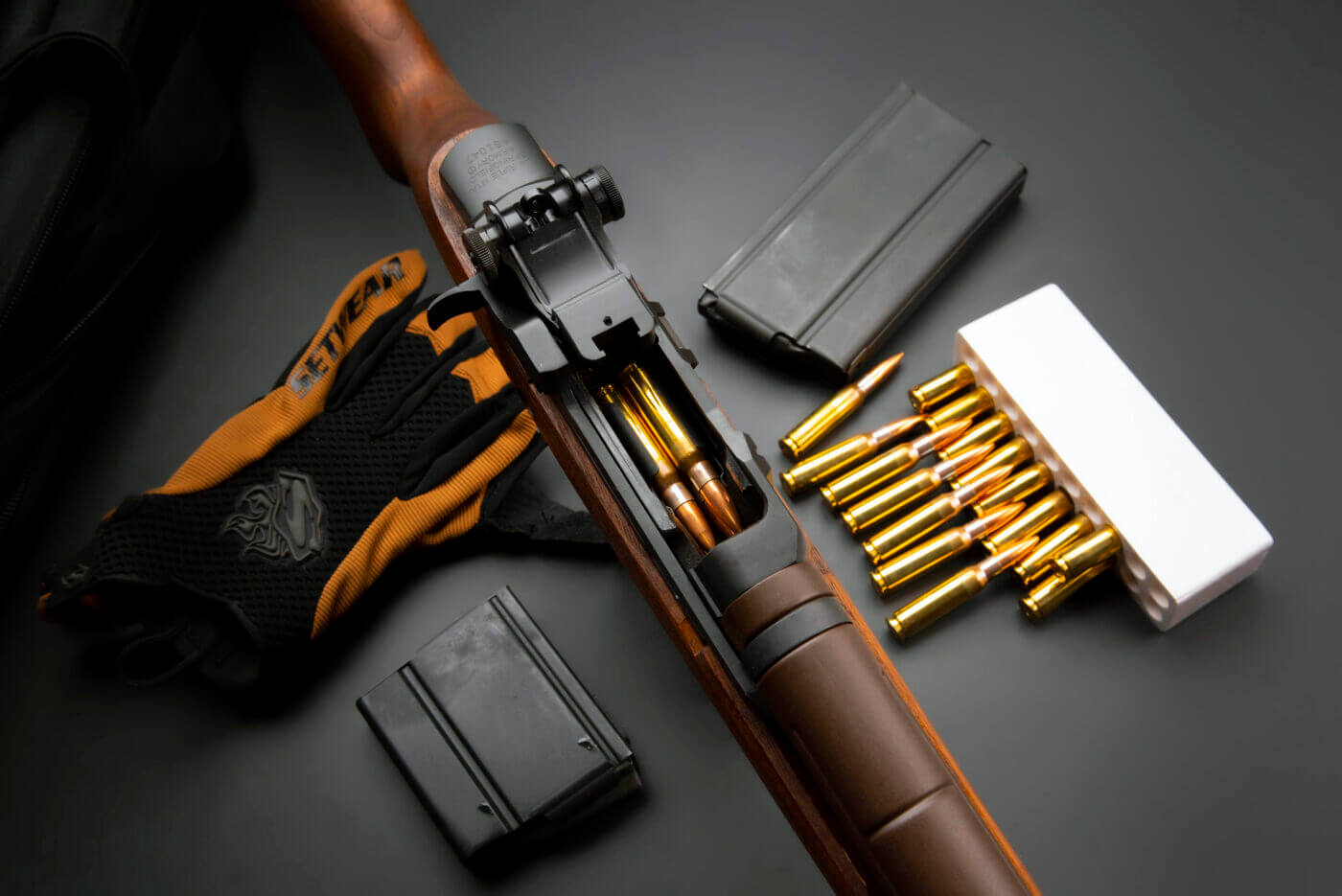
The current cornucopia includes a growing cadre of cartridges for self-loading rifles. The 7.62×51 and 5.56×45, blessed by their chambering in the M14 and M16, are still exceedingly popular as the .308 and .223. (Federal lists 27 loads for the .308!). Shameless breeding has produced all manner of wildcats; some have gone commercial. Original cartridges for ARs have followed.
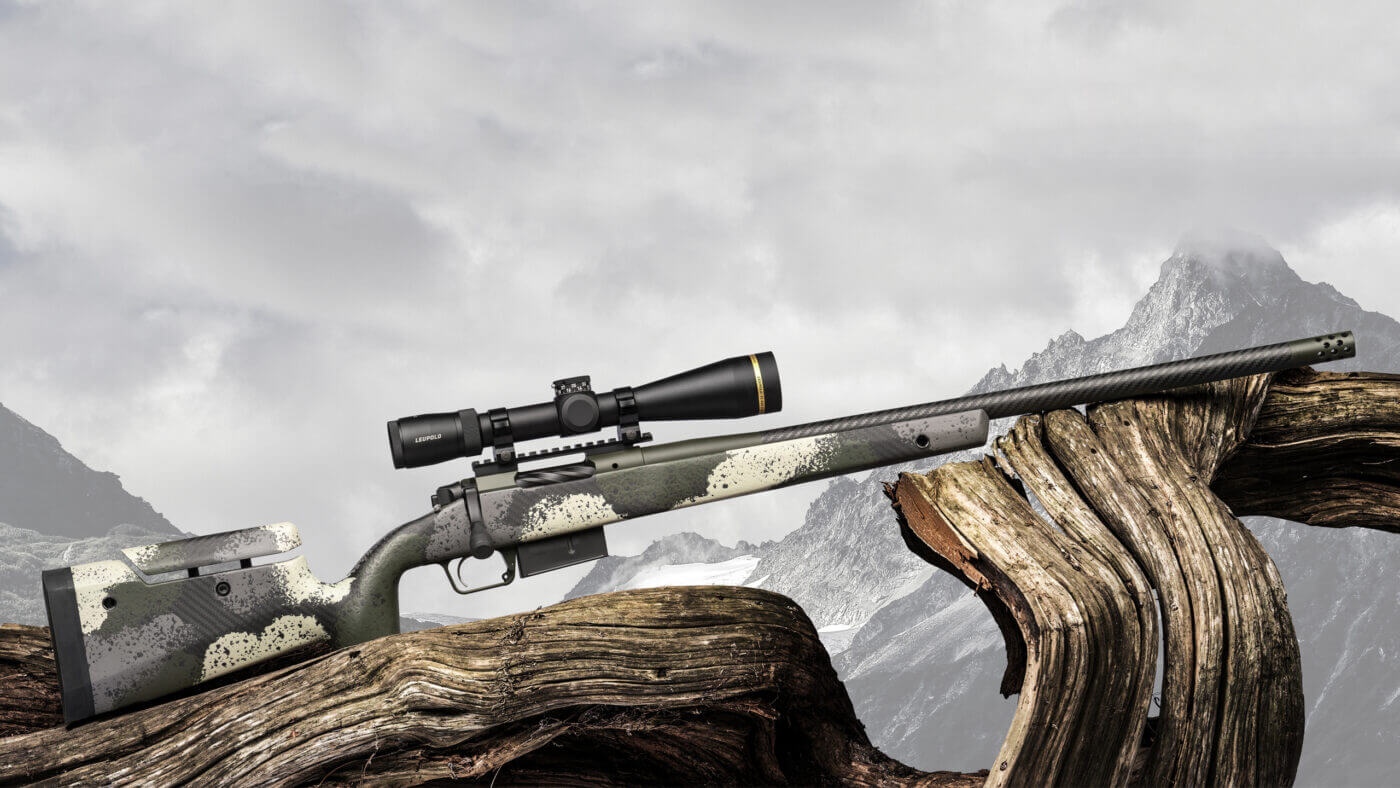
The Why
So why load your own? As a handloader, you can:
- Save money
- Match load and rifle to get the best accuracy
- Wring all the cartridge’s ballistic zip
- Use bullets nonexistent in commercial ammo and
- Enjoy “bench time” making what most shooters buy
Smart handloaders study loading manuals. More than 30 bow my bookshelves. After 50 years at the bench, why so many? New cartridges, bullets and powders bring new data.
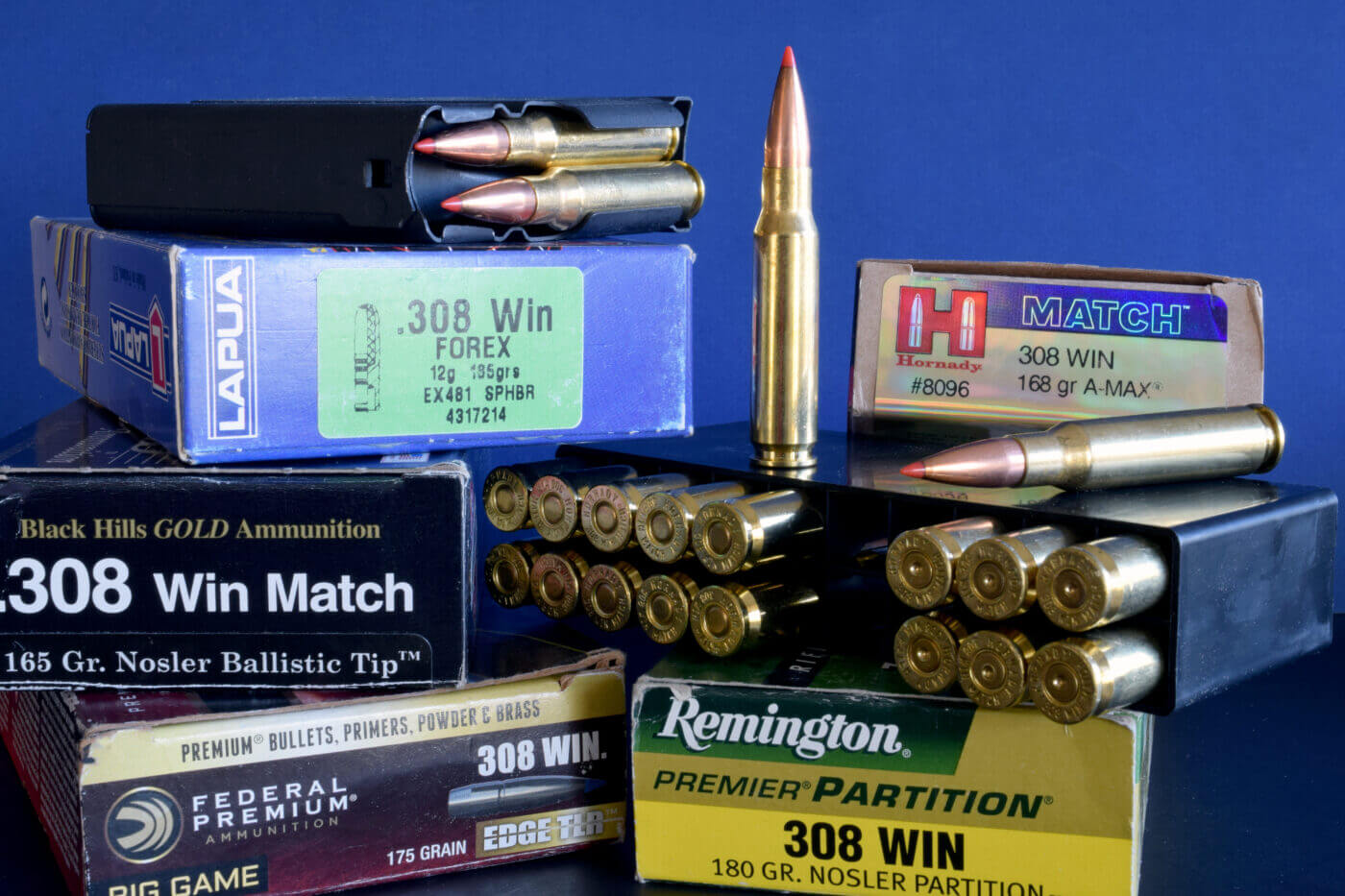
Manuals provide cartridge dimensions, test-barrel lengths, rifling twists, bullet sectional densities and ballistic coefficients, results of penetration trials. Spiral-bound, loose-leaf manuals have given way to brick-thick hardbacks. Three of my tomes have more than 1,000 pages each!
Handloading for autoloaders mimics that for bolt rifles:
- Adjust your sizing die.
- Wipe fired cases free of grit, then roll them lightly in a lube-impregnated pad, bore-brushing inside the neck with graphite (its residue won’t glom onto powder).
- Run cases into the die to resize and de-prime.
- Wipe them dry.
- Seat fresh primers.
- Adjust your scale or powder measure to deliver the chosen charge, then funnel powder into the case.
- Adjust the seating die so cartridge length best conforms to your rifle’s magazine and throat.
- Seat the bullet.
- Label that cohort of cartridges.
For autoloading rifles, you’ll make a few special concessions, mainly because an auto’s bolt has less camming power than one with a shank you can muscle up and down.
Wringing It Out
Neck-sizing “works” cases less than does full-length sizing, so it extends case life. (Leave the sizing die a nickel’s thickness off the shell-holder at the top of its stroke.) Alternatively, full-length sizing hikes the odds your ammo will chamber in another rifle, or even in the same autoloader. For more assurance, consider small-base dies, which size cases to minimum SAAMI dimensions.
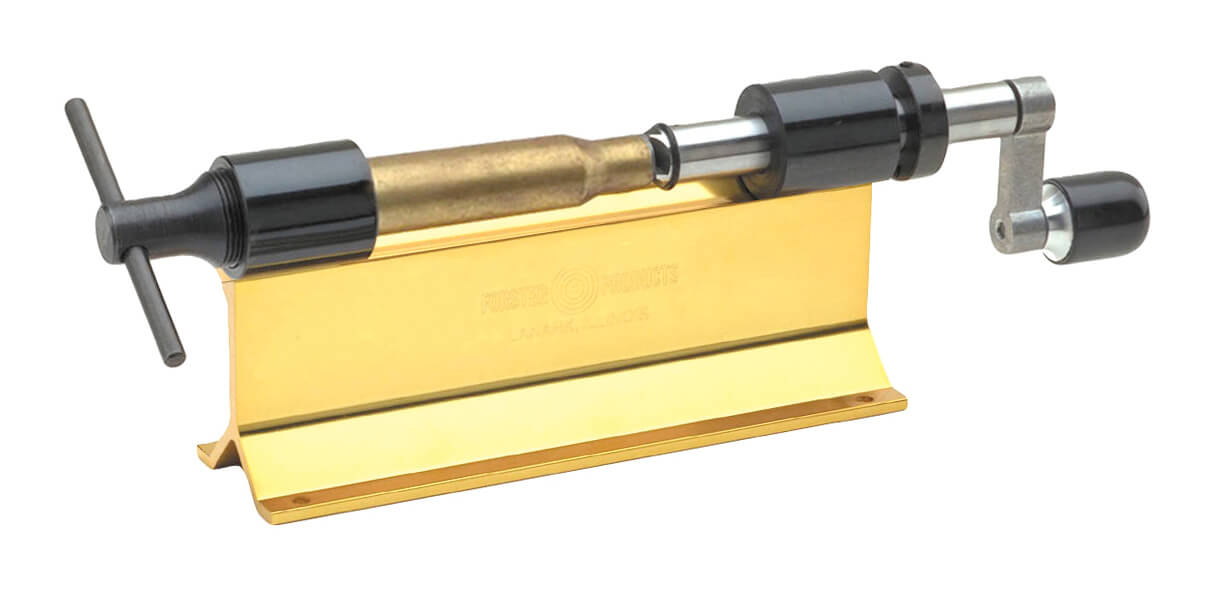
To set any sizing die, run the ram to its top position, then screw the die down to it so there’s a little snap in the ram handle as the shell-holder kisses the die. To check, repeat with a lubed case in place.
With a primer pocket cleaner, remove debris that might prevent primers from seating fully in the fired cases. A primer that protrudes even a little might possibly cause a rare “slam-fire” when the auto’s powerful recoil spring drives the bolt home. There’s no need to recess the primer face .003, as some suggest. I use a hand primer to feel each primer “snug up” in the pocket and “bottom out” solidly. Then I run my fingertip over the case head to check for flush fit. Discard cases in which primers don’t seat evenly and firmly.
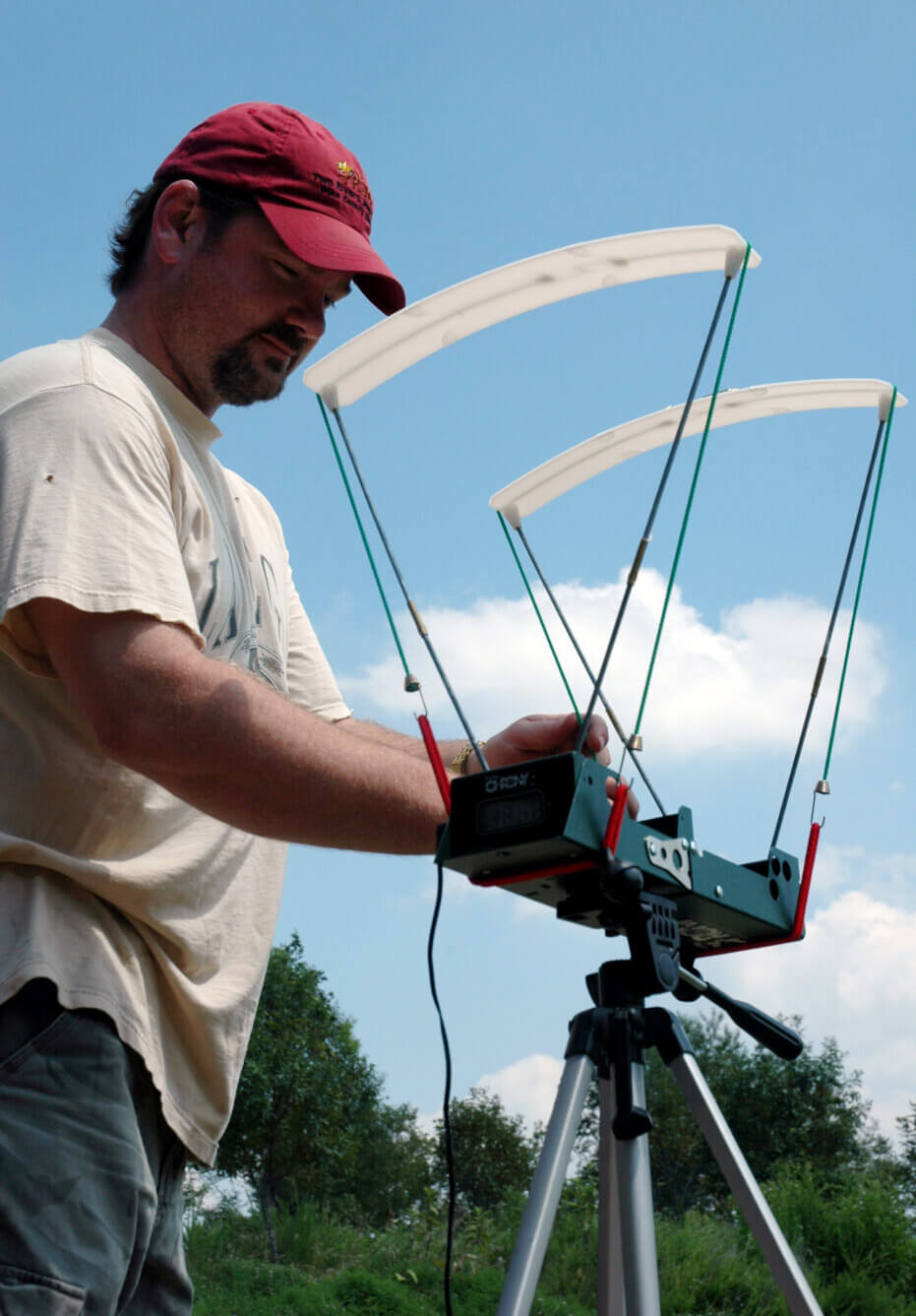
Magnum Rifle primers yield a longer flame, not necessarily a hotter one. I use Magnum primers for powder charges of 65 grains and up (slow powders in big cases). Large Rifle primers work fine in the .30-06 and .308 and less capacious rounds. You’ll use Small Rifle for the likes of the .223.
Serious long-range and Bench Rest competitors sort cases by make and weight, even by lot. They ream flash-holes to uniform diameter, turn necks to uniform thickness for “minimum” chambers. As neck thickness affects neck tension, turning them can weaken case grip on the bullet, and in many rifles do not shrink groups.
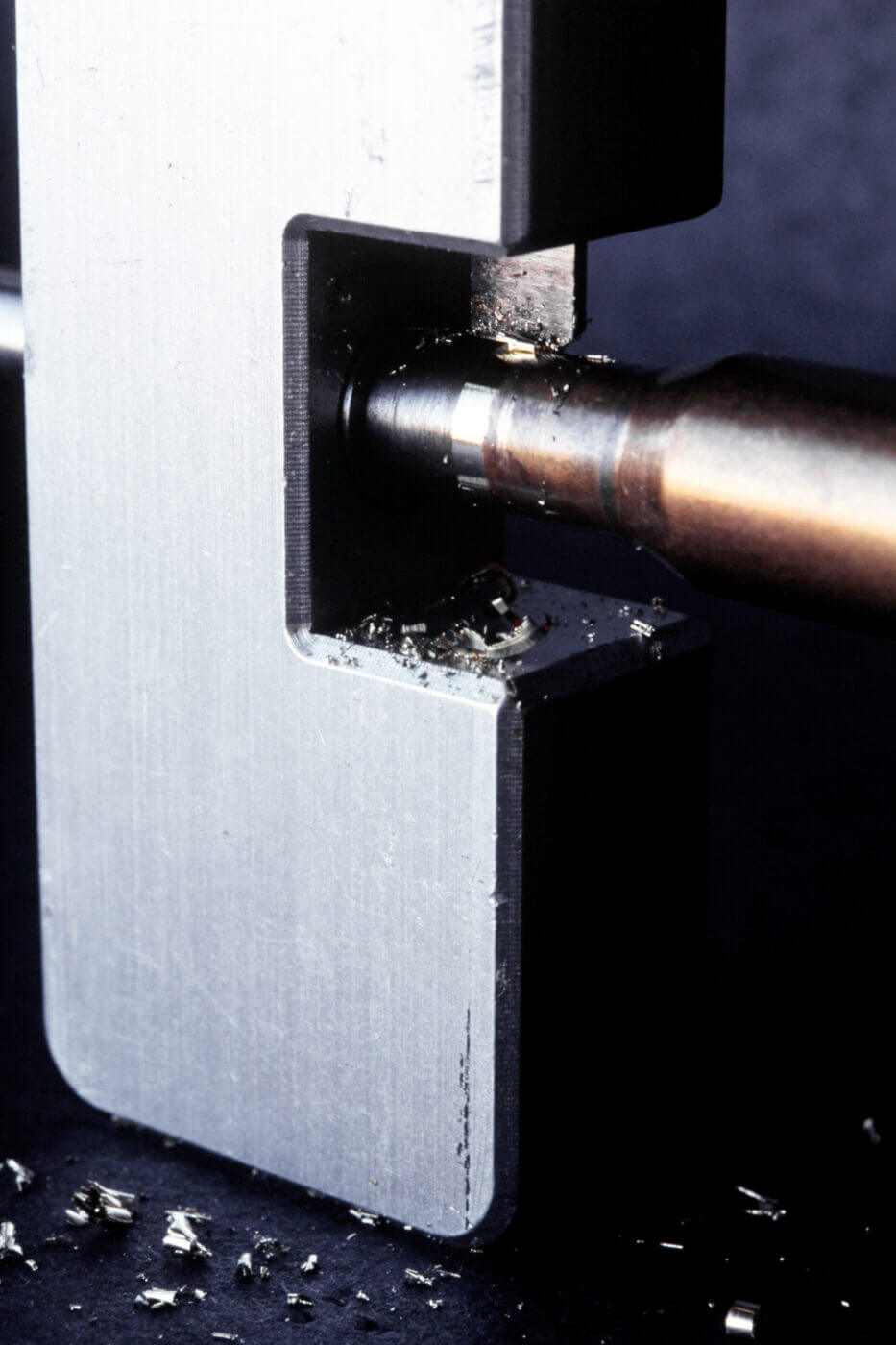
Loads for some competitive events and rifles feature bullets finger-snug in cases or with, say, just .001 neck tension. Autoloaders strong-arming ammo up a feed ramp or subjecting a stack in the magazine to repeated recoil, can benefit from inside neck diameter as much as .003 under bullet diameter.
Case length merits attention no matter the rifle type. The mouth of a long case can be pinched by the chamber into the bullet, impeding release. Brass stretches with each firing. I’ve trimmed cases .05 shy of new length to reduce trimmings. Chamfering the case mouth inside and out removes the burr. Straight cases that headspace on the mouth, like the .350 Legend, must not be trimmed below SAAMI length, nor chamfered to the point the mouth lacks a clean, square terminus!
Choosing a powder, like choosing a color on Ford’s Model T, was once easy. Dozens of powders of mid-range burn rate now serve autoloaders. The .223 and .308 do well with IMR 3031, 4320 and 4895, Hodgdon H335 and BL-C(2), Winchester 748, Vihtavuori N-135, Norma 202, Accurate 2230 and 2460, Ramshot TAC, Reloder RL-12 and RL-15. The pressure curves of loads matter in autoloaders that require port pressures within a specified range to ensure function.
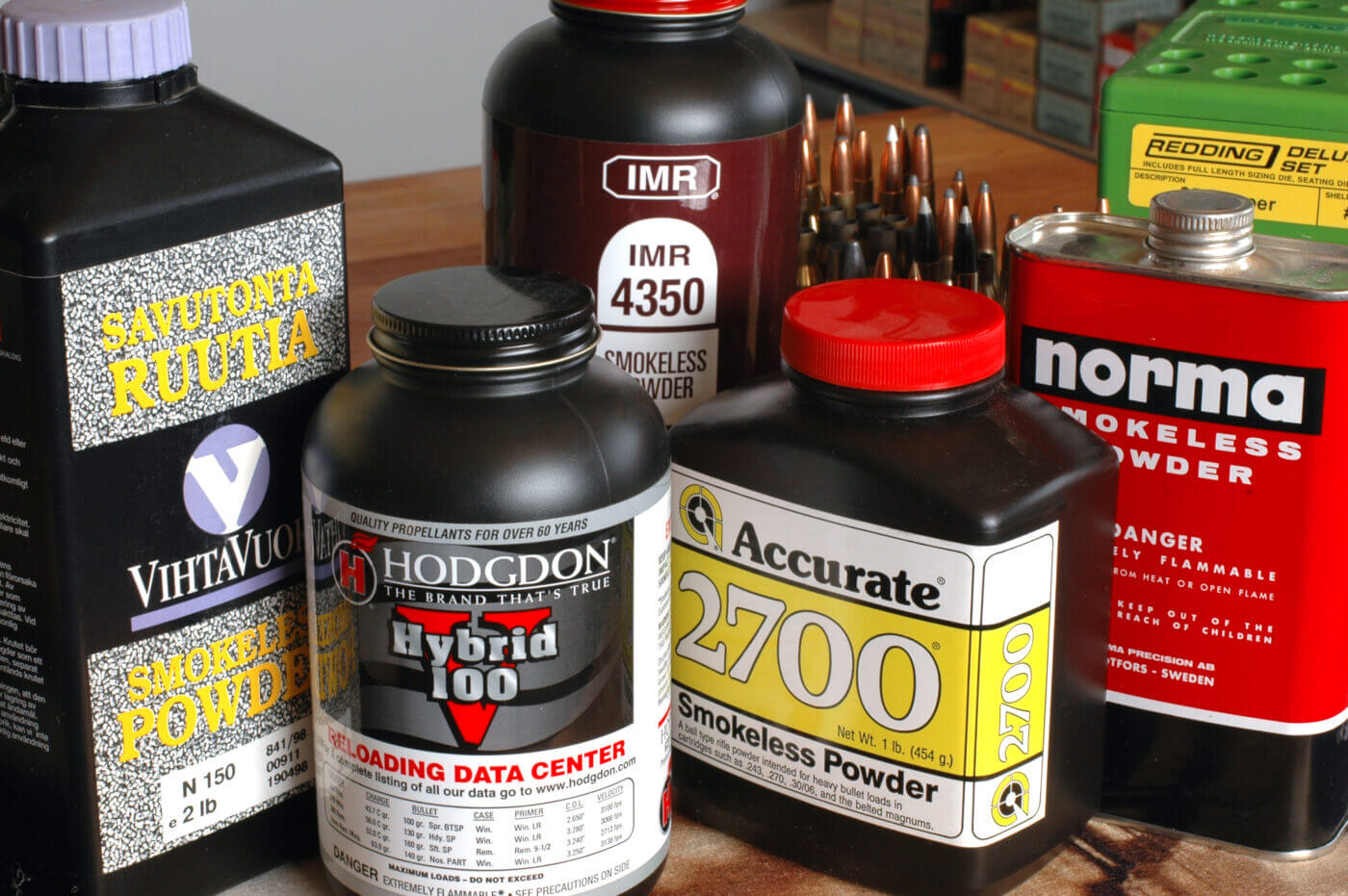
Long bullets with Pinocchio noses and tapered heels excel at extreme range, but beg steep rifling twist to stabilize. Also, they can be too long to fit comfortably in standard magazines or throats. Seating deep is no panacea. Most autoloaders function best with mid-weight bullets of ordinary profile.
Straight to the Point
As some states limiting deer hunters to shotgun slugs have recently allowed straight-walled rifle rounds, AR enthusiasts are snapping up rifles in .450 Bushmaster and, now, .350 Legend.
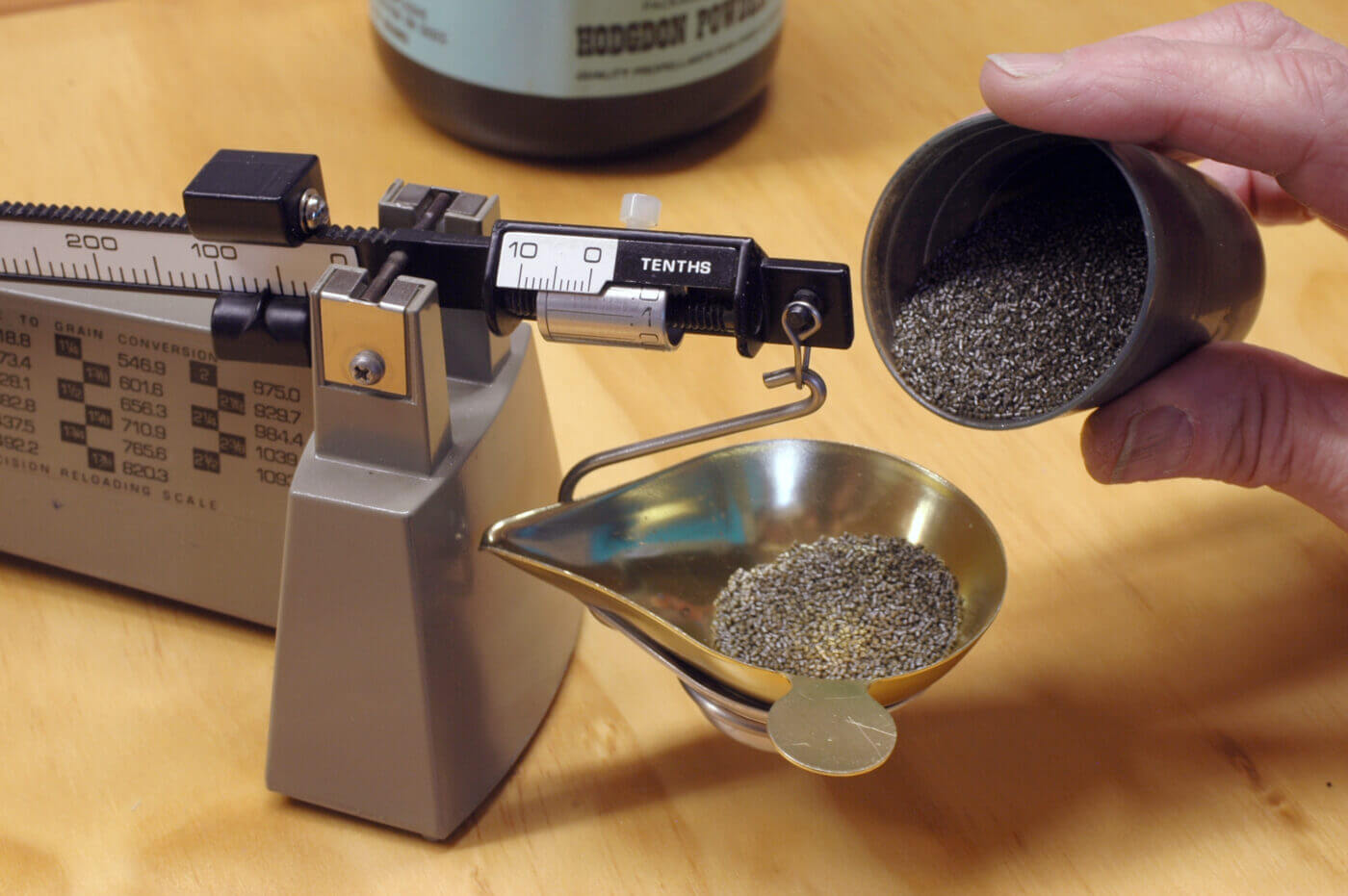
Robin Sharpless of Redding Reloading has tips on handloading straight cartridges.
“The sizing die of a two-die set squeezes a bottleneck case after the expander button has slipped through the neck. On the return stroke, the button opens the neck to proper inside diameter. A so-called straight case (they have some taper) won’t accept a mouth-size expander. Hence, three-die sets. One die opens the case mouth from the front.”
Redding expanders perform several operations in one press cycle. Says Robin: “After the die puts a radius on the case mouth, its parallel section expands the brass. An adjustment enables you to leave a taper where you want the bullet’s heel, while the ball expander on most other dies only bells the mouth.”
Roll crimping secures bullets against harsh feeding and the jar of recoil, but requires they have a crimp groove or cannelure. Taper crimp, applied in the seating or by a separate crimping die, can be used on un-cannelured bullets. Straight cases headspacing on the mouth must not be roll-crimped; use a taper crimp only to the extent necessary.
Velocities and standard deviations from a chronograph aren’t the only measure of handloads. The short barrels common to ARs throttle ammo to exit speeds well below chart velocities from 24″ test barrels. But the accuracy of rifles like the Springfield M1A National Match in my rack, and of well-built ARs such as the SAINT, can print groups as tight as those from bolt-actions.
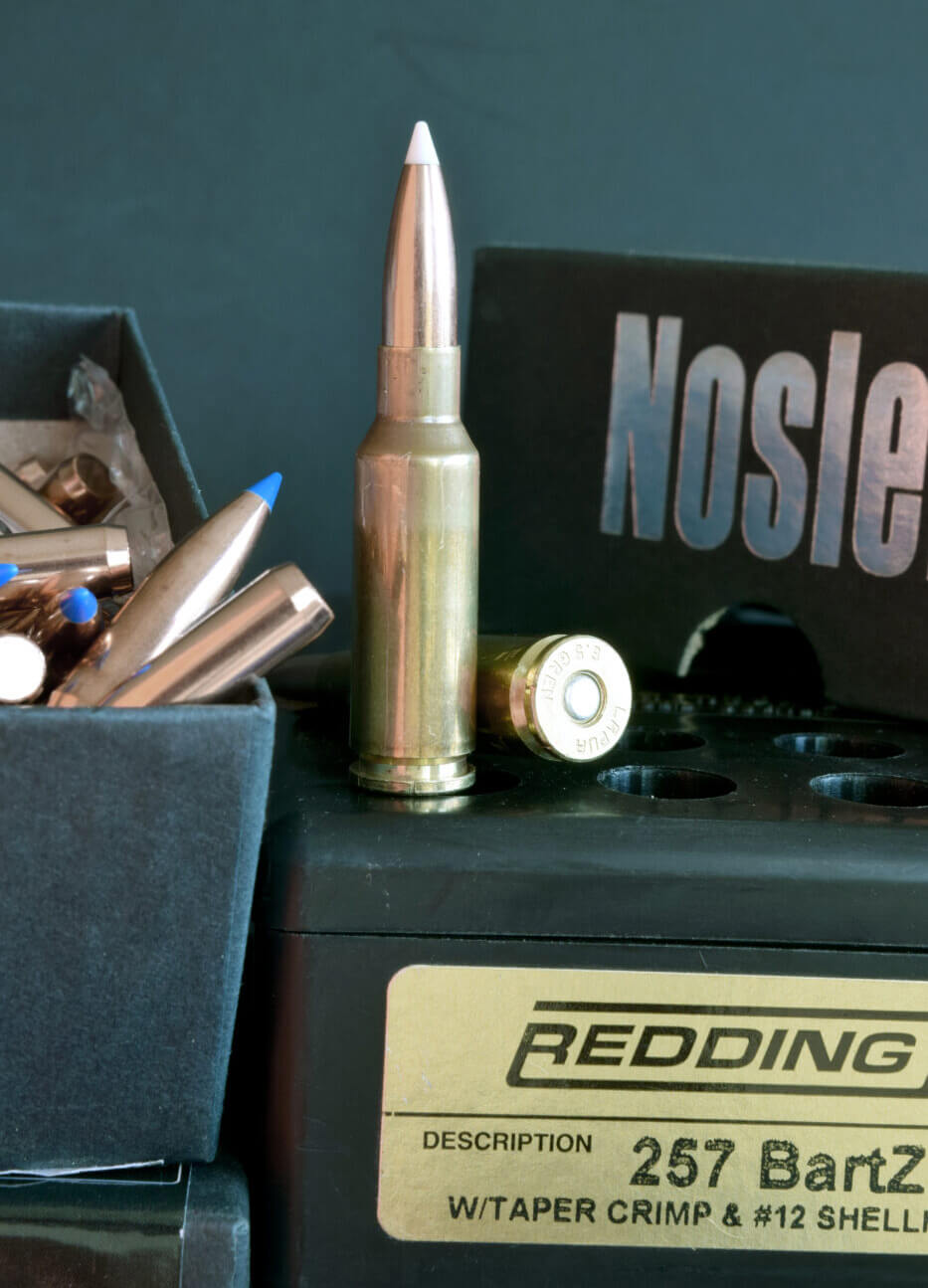
Conclusion
Whatever its other virtues, any load that prompts a hiccup in your autoloader gets a failing grade. One hundred-percent cycling is the acceptable minimum! So get out there, start handloading rounds for your autoloader, find the ones that work best and have some fun!
Editor’s Note: Please be sure to check out The Armory Life Forum, where you can comment about our daily articles, as well as just talk guns and gear. Click the “Go To Forum Thread” link below to jump in!
Join the Discussion
Continue Reading
Did you enjoy this article?

 126
126






